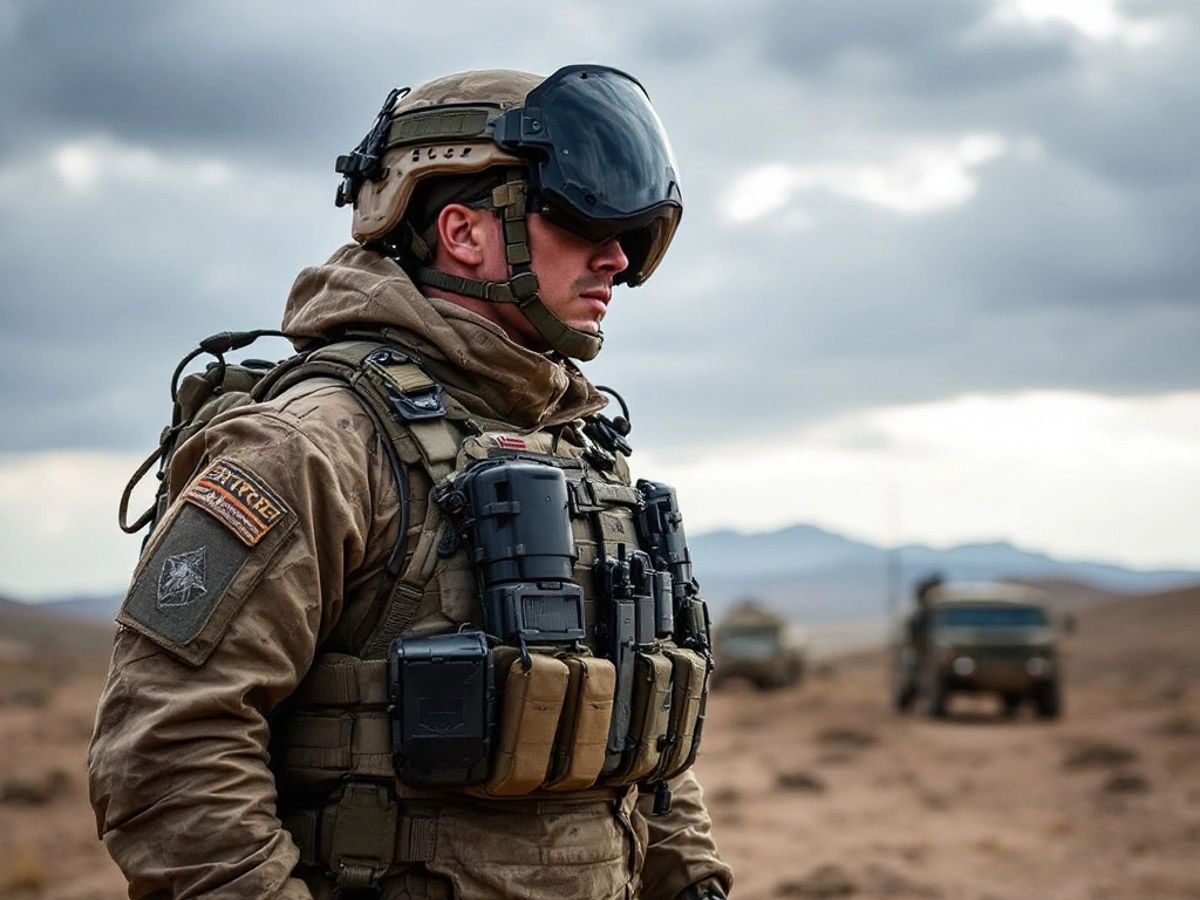The U.S. military is taking significant steps to protect its troops from the increasing threat of blast-related injuries, particularly traumatic brain injuries (TBIs). Recent training exercises have showcased new technologies aimed at reducing the impact of explosive blasts on soldiers, highlighting the military's commitment to safeguarding the health of its personnel.
Key Takeaways
- The U.S. military is implementing new technologies to reduce blast overpressure injuries.
- More than 20,000 service members were diagnosed with TBIs last year alone.
- Special Operations Command is testing innovative breaching charges that minimize harmful blast effects.
Understanding Blast-Related Injuries
Blast-related injuries, particularly TBIs, have become a pressing concern for the U.S. military. These injuries often result from exposure to explosive blasts, which can occur during combat or training exercises. The Defense Department has reported over 500,000 TBIs since 2000, with more than 20,000 diagnosed in the past year alone.
The challenge lies in the difficulty of detecting blast overpressure injuries, which are less understood than TBIs. Recent studies indicate that even low-level, repetitive blast exposures can lead to adverse effects such as:
- Sleep disturbances
- Cognitive decline
- Headaches
- Dizziness
Innovative Solutions in Training
During a recent training exercise at Fort Liberty in North Carolina, U.S. Special Operations Command demonstrated new technologies designed to mitigate the risks associated with explosive blasts. One notable innovation is the Muchete breaching charge, which is specifically shaped to direct blasts more effectively and reduce harmful waves.
Chris Wilson, who leads clinical research initiatives at the command, noted that this new charge can reduce blast overpressure exposure by an average of 40% to 60%. This significant reduction is crucial, especially given the extensive training that special operations forces undergo, which often involves repeated exposure to blasts.
Monitoring and Assessment
To better understand the impact of blast exposure on soldiers, the military is employing advanced monitoring techniques. During training, soldiers wear small sensors that measure the level of blast pressure they experience. This data helps military leaders assess the risks associated with different training scenarios and adjust protocols accordingly.
The command is also exploring various blast sensors available on the market, with plans to implement them across the force in the coming years. This proactive approach aims to establish a clearer understanding of how repeated blast exposure affects individual soldiers.
Future Directions
The U.S. military is committed to enhancing the health and safety of its personnel through ongoing research and development. Special Operations Command is looking to implement routine neurocognitive assessments for service members, which will help identify potential issues early on. Additionally, new guidelines require cognitive assessments for all new recruits and emphasize the use of protective equipment during training.
As the military continues to innovate and adapt, the focus remains on ensuring the long-term cognitive well-being of its forces, ultimately enhancing their operational effectiveness in the field.
Sources
- With brain injuries a growing problem, the US military tests how to protect troops from blasts | AP News, AP News.
- With brain injuries a growing problem, the US military tests how to protect troops from blasts, Dayton Daily News.
- Access to this page has been denied, Beaumont Enterprise.
- With brain injuries a growing problem, the US military tests how to protect troops from blasts, AJC.com.
- With brain injuries a growing problem, the US military tests how to protect troops from blasts | WLNS 6 News, WLNS 6 News.








